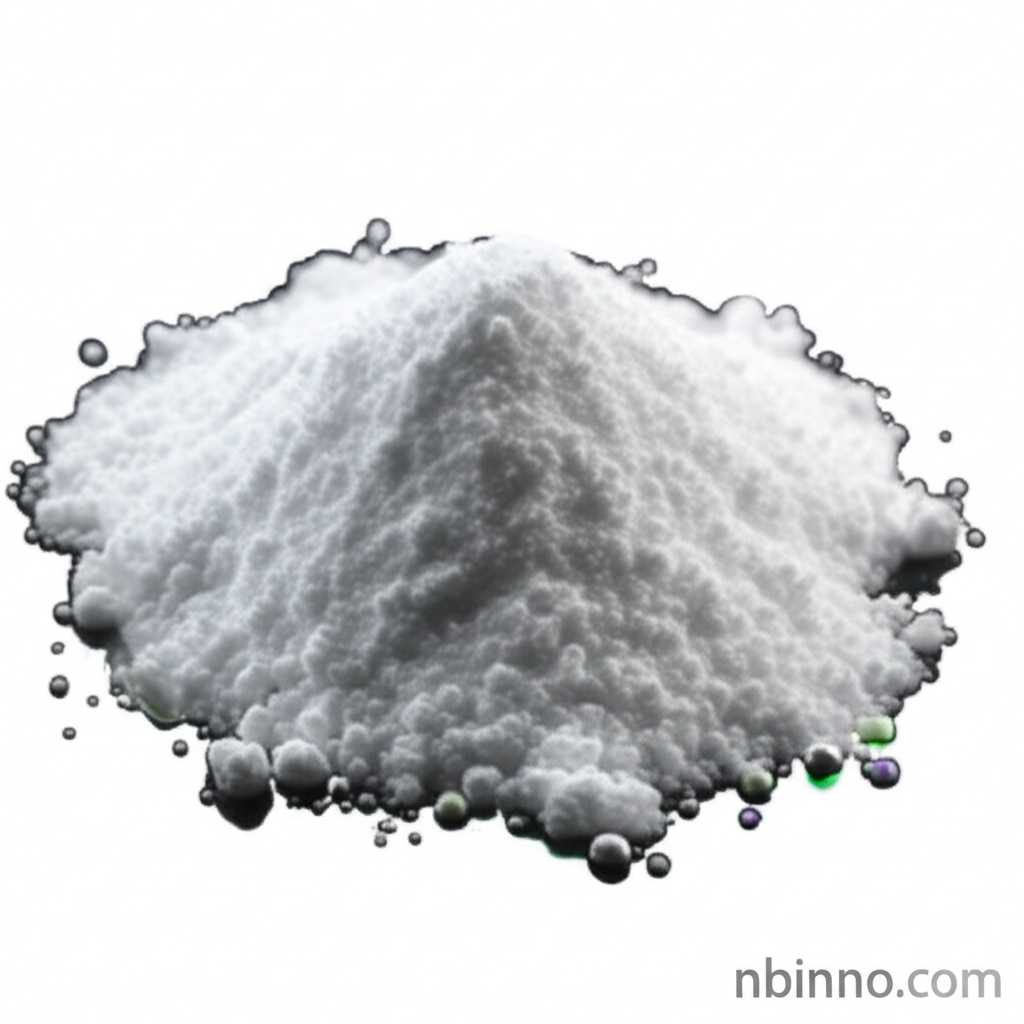Tetrapropylammonium Fluoride (7217-93-8): Properties, Synthesis, Applications, and Advanced Research Insights
Discover the versatility of Tetrapropylammonium Fluoride, a key quaternary ammonium salt for advanced chemical applications.
Get a Quote & SampleProduct Core Value

Tetrapropylammonium Fluoride
Tetrapropylammonium Fluoride (TPAF), identified by CAS number 7217-93-8, is a vital quaternary ammonium salt with diverse applications in organic synthesis and materials science. Its utility stems from its potent fluoride anion source and its role as a structure-directing agent in zeolite synthesis.
- Explore the significance of the fluoride anion in organic and materials synthesis, understanding how its properties drive key reactions.
- Understand the overview of quaternary ammonium fluorides as effective fluoride sources and catalysts, appreciating their advantages over inorganic salts.
- Delve into the historical development of tetrapropylammonium fluoride in academic research, tracing its evolution in various chemical studies.
- Investigate mechanistic insights into reaction pathways involving tetrapropylammonium fluoride, including the role of the 'naked' fluoride concept.
Key Advantages
Source of Reactive Fluoride
Tetrapropylammonium fluoride serves as an excellent source of reactive 'naked' fluoride ions, significantly enhancing nucleophilicity for a wide range of organic transformations.
Structure-Directing Agent
In microporous material synthesis, it acts as a crucial structure-directing agent, guiding the formation of specific zeolite frameworks like silicalite-1.
Catalytic Versatility
Its ability to promote reactions under mild conditions makes it an attractive catalyst for various synthetic applications, contributing to efficient chemical processes.
Key Applications
Organic Synthesis
Facilitates nucleophilic substitutions, dehydrobromination, and desilylation reactions, showcasing its utility in creating complex organic molecules.
Zeolite Synthesis
Acts as a vital structure-directing agent (SDA) and mineralizing agent in the hydrothermal synthesis of microporous crystalline materials, such as MFI-type zeolites.
Catalysis
Employed as a catalyst in various reactions, including polymerization and the synthesis of organic compounds, often under mild conditions.
Materials Science
Its role in templating and mineralizing is key to developing advanced materials with specific pore structures and properties.
